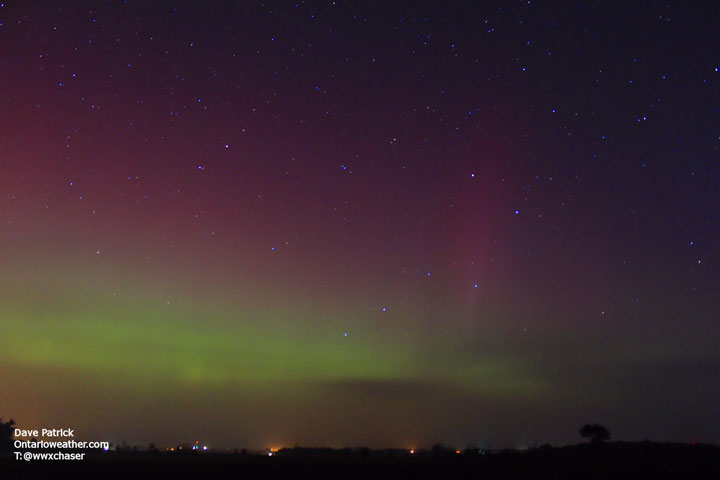TORONTO – The anticipated solar storm that was heading our way may seem like a dud, but it may be more of an issue of timing.

A coronal mass ejection (CME) was ejected into space after an X1 solar flare from a massive sunspot group, the largest in 10 years.
READ MORE: Giant sunspot erupts with large solar flare, chance of northern lights
A CME releases plasma and particles and can travel at billions of kilometres per hour. Once those particles interact with Earth’s magnetic field, it can create beautiful aurora (northern lights). Solar flares are somewhat similar to CMEs as they, too, eject particles, but they travel much faster and produce radiation storms in our upper atmosphere.
These beautiful displays of the sun’s power can also disrupt power grids and radio signals. On March 13, 1989, a large CME impacted Quebec and caused blackouts across the province that lasted for days.
The National Oceanic and Atmospheric Administration’s Space Weather Prediction Center said this on its website:
“The CME, originally expected to arrive around 0800 UTC (3:00 a.m. EST) today, January 9, is now slightly overdue. However, pre-arrival signatures
from EPAM data on the ACE spacecraft still show this transient en route. G3 (Strong) Geomagnetic Storm activity is still expected on January 9 and 10.”

For Canadians, that could be good news, or it could be bad.
If the CME arrives any time before sunset, we will be robbed of a great display, though other parts of the world will not.
But if it arrives any time after that, we could be treated to a spectacular display of northern lights — all across Canada.
So fingers crossed that the particles manage to wait until sunset wherever you are.
But be patient: the universe isn’t one for schedules.



Comments